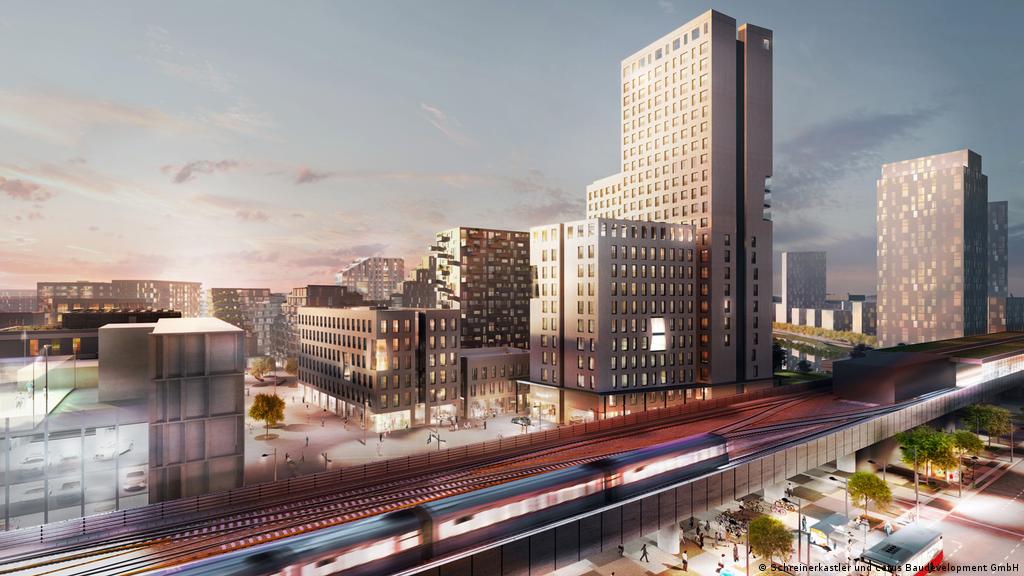Wooden architecture is gaining acceptance as a potential
alternative to traditional
metropolitan neighbourhood:
Woodniido
 Wood as a building material was a defining element of the urban landscape into
the late 19th century. However, living space in major cities has become scarce with
increasing population and industrialization. Architects and engineers began to work
primarily with the materials of glass, steel, and concrete as part of new construction,
which were considered modern, solid, and functional.
Wood as a building material was a defining element of the urban landscape into
the late 19th century. However, living space in major cities has become scarce with
increasing population and industrialization. Architects and engineers began to work
primarily with the materials of glass, steel, and concrete as part of new construction,
which were considered modern, solid, and functional.
As late as the mid-1990s, no one expected that wood would once again find
widespread use in urban housing construction. It was possible to increase the safety
of wood in buildings.
On the one hand, through new types of fire protection devices, such as fire doors or
fire-retardant paints. On the other hand, a new environmental awareness emerged
at the start of the 21st century, which again put the focus on environmentallyfriendly building materials. The old 'new' material of wood is allowing architects and
engineers these days to achieve a sustainable construction method in a modern
language of forms that has "style."
Let us list out some of the high-tech building materials of wood:
Wood is not only a particularly environmentally-friendly building material. From a
structural point of view, the natural material offers numerous advantages, including:
- That, it is lighter than steel with the same load-bearing capacity,
- It has the same compressive strength as concrete (we’re not kidding),
- It achieves high thermal insulation,
- It creates a pleasant living environment.
WoodNiido’s “modern high-tech wood" as we like to call it - consists of layers of
glued wooden panels and can easily be enriched with metals such as iron oxide
particles, which ensures greater stability and improved fire protection. In urban
design, it is currently often combined with reinforced concrete, glass, bricks, or
plaster: whether as an elegant facade solution, for recompacting existing
architecture, or as a base material for modular construction.
We tried, tested, built, and now believe that modular construction with wood is:
precise, fair priced, and fast. The key is design, and executing the design in the best
possible quality.
The modular construction method in particular developed from the prefabricated
houses in the 1960s and 1970s. The problems of the time, such as a lack of sound
insulation, fire protection, and service life, have largely been solved. These days,
modular timber construction allows for the construction of ultra-modern and
customized private and commercial real estate in line with the modular principle.
The individual modules can be assembled on the building site in a short time, which
greatly reduces the noise and dust pollution for residents in urban areas. This makes it
an attractive model for urban timber construction. And we think that this is a very big
advantage we have: precise, fairly priced, and fast; along with our versatility which
allows efficient collaboration with architects, customers, and workshop owners.
Look, as urbanization began flourishing, what was one key problem that needed to
be solved? Space. And how do we solve that? By going upwards - welcome highrise buildings.
Let me explain: more and more people are flowing into cities, making living space
scarcer and more expensive. However, many old buildings can bear one to two
additional stories in a wooden lightweight design, since the low weight of the
material does not impair the statics of the entire building. Living space can thus be
sustainably compacted.
Wood appears to be a feasible environmentally friendly building material. Wood,
which is more environmentally friendly, can replace concrete and steel, which are
the most often used building materials but major carbon dioxide emitters.